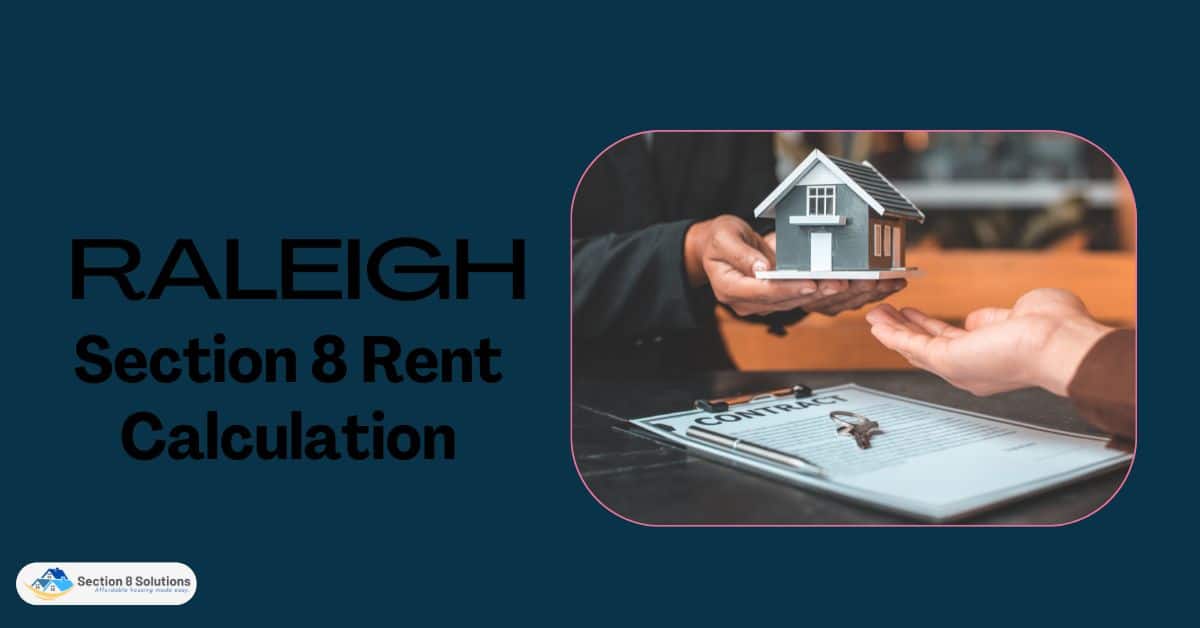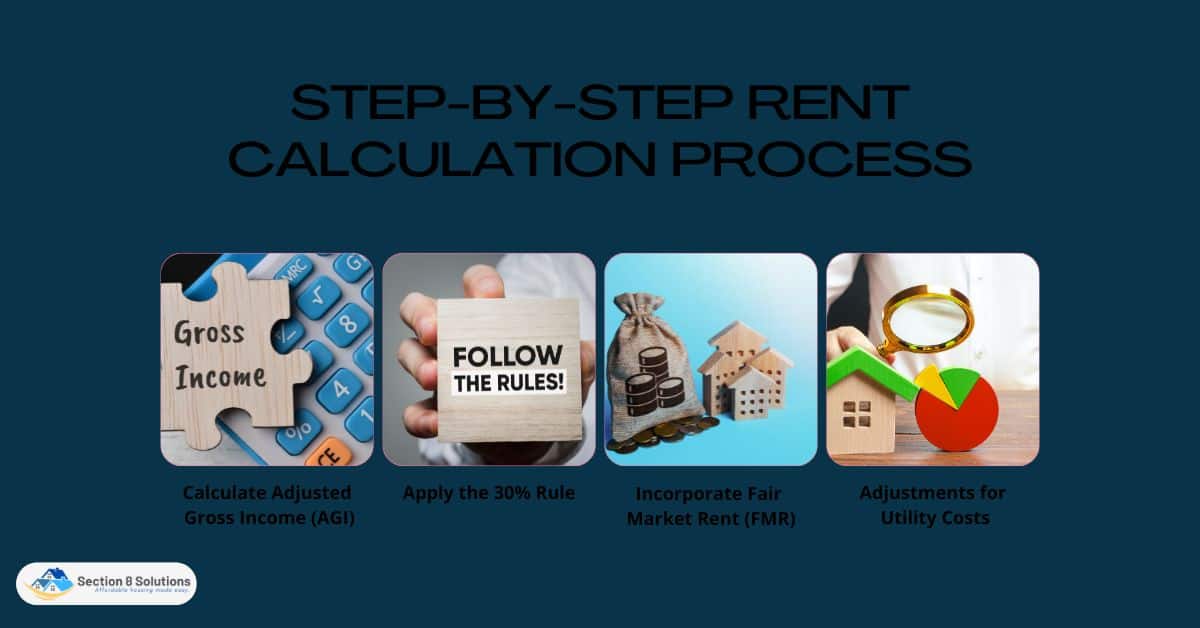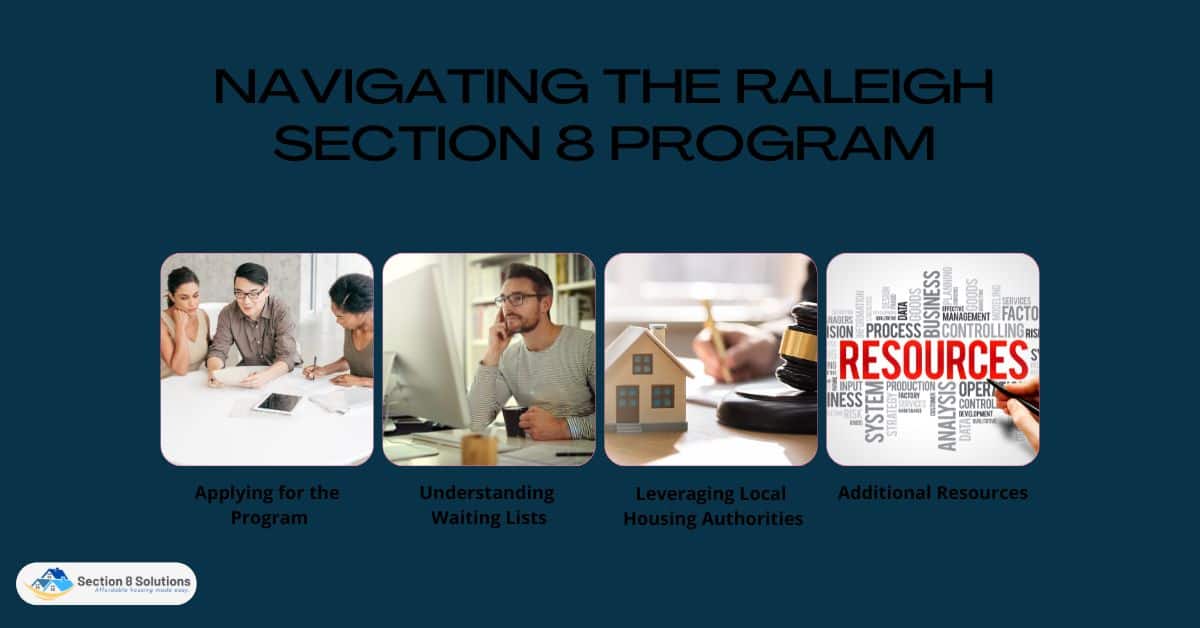Calculating Section 8 rent in Raleigh involves understanding the Housing Choice Voucher program’s guidelines. The rent is typically set at 30% of the household’s adjusted gross income, with the voucher covering the rest of the market rent, up to a Fair Market Rent (FMR) limit determined by HUD. Local Raleigh Public Housing Authorities manage the program, ensuring affordable housing options for eligible low-income residents.
This guide aims to provide a detailed insight into how Section 8 rent is calculated in Raleigh, shedding light on the crucial factors that determine the rental payments for participants.

The Basics of Section 8 Housing Choice Voucher Program
The Section 8 Housing Choice Voucher program stands as a cornerstone of affordable housing initiatives, providing crucial assistance to low-income individuals and families across the United States. In this section, we’ll delve into the fundamental aspects of the program, shedding light on its purpose, eligibility criteria, and the pivotal role played by the Raleigh Public Housing Authorities.
At its core, the Section 8 program aims to bridge the gap between housing costs and the financial capabilities of low-income households. By offering rental assistance, it strives to ensure that eligible families can access safe, sanitary, and decent housing without being burdened by excessive rental expenses. This program not only helps individuals secure housing stability but also contributes to vibrant, inclusive communities.
To participate in the Section 8 program, individuals and families must meet specific eligibility requirements. Generally, eligibility is determined primarily by income level, with participants typically needing to have an income that falls below a certain threshold. Additionally, factors such as family size, citizenship or eligible immigration status, and criminal history might also affect eligibility.

Rent Calculation Methodology
In the realm of affordable housing, understanding the intricacies of rent calculation is paramount. This section, “Rent Calculation Methodology,” takes us to the heart of the matter – uncovering the precise method by which rent is determined for Section 8 participants in Raleigh. By delving into the fundamental formula of 30% of the household’s adjusted gross income (AGI).
Table: Rent Calculation Factors
| Factor | Explanation |
|---|---|
| Adjusted Gross Income (AGI) | The total income of the household after accounting for specific deductions and exclusions. |
| 30% Rule | The formula dictates that the participant’s rent should be 30% of their AGI. |
| Fair Market Rent (FMR) | dictates based dictates on local market rates. |
| Family Size | The number of people in the household dictates based influences both AGI and rent calculations. |
| Income Changes | Fluctuations in income, whether due to new employment, job loss, or other circumstances. |
| Utility Costs | The consideration of utility expenses impacts the final rental payment. |
As we wrap up our exploration of the rent calculation methodology for Section 8 participants in Raleigh, we’ve unlocked the core principles that underpin this process. By comprehending the role of the adjusted gross income (AGI), the 30% rule, and other pivotal factors such as family size and utility costs, individuals gain a clearer understanding of how their rental payments are determined.
Factors Affecting Rent Calculation
Within the realm of affordable housing, the process of calculating rent goes beyond mere numbers—it’s a complex interplay of diverse variables. In this section titled “Factors Affecting Rent Calculation,” we dive deep into the intricate elements that wield a significant influence on determining rental payments for Section 8 participants. From family size to income shifts and utility expenses, each factor intricately intertwines to shape the dynamics of this crucial process.
1. Family Size
The impact of family size on rent calculation is profound. It’s not just about the number of people under one roof; it’s about understanding how family dynamics influence financial considerations. Larger families often have distinct economic needs, which are recognized through higher income limits. This recognition reflects the understanding that bigger families inherently incur greater expenses.

2. Income Changes
Income changes, whether they stem from career transitions, job loss, or new employment opportunities, have a ripple effect on rent calculation. The Section 8 program acknowledges the fluidity of life by taking into account income fluctuations. A job change, for instance, can either increase or decrease the adjusted gross income (AGI). This, in turn, directly impacts the rental payment.
3. Utility Costs
As if the rent calculation process wasn’t intricate enough, utility costs add another layer of complexity. The consideration of utilities is an acknowledgment that housing is more than just four walls—it’s about creating a functional and comfortable living space. The inclusion of utility allowances factors in the diverse nature of these costs.
As we wrap up our exploration of the intricate web of factors that shape rent calculation within the Section 8 program, we’ve unearthed the nuanced considerations that collectively define the final rental payment. By peering into dimensions like family size, income dynamics, and utility expenditures, participants are empowered with a deeper comprehension of this process.

Step-by-Step Rent Calculation Process
For those seeking clarity amidst the intricacies of rent calculation in the Section 8 program, this section serves as a guiding light. We embark on a journey through the concrete steps that underpin the process – an expedition from computing the Adjusted Gross Income (AGI) to the application of the 30% formula and the accommodation of the Fair Market Rent (FMR) limit.

- Calculate Adjusted Gross Income (AGI): The initial step involves computing the AGI, which includes total household income with specific deductions and exclusions applied. This figure forms the basis for determining the rental payment.
- Apply the 30% Rule: The core formula dictates that the rental payment should be 30% of the AGI. This proportion serves as a pivotal guideline in ensuring affordability for participants.
- Incorporate Fair Market Rent (FMR): FMR acts as a ceiling, capping the maximum amount the voucher can cover. Comparing the 30% of AGI with the FMR, the lower of the two becomes the participant’s rental payment.
- Adjustments for Utility Costs: In some cases, participants might need to factor in utility costs. This step involves determining utility allowances and deducting them from the rental payment.
As we conclude our guided tour through the step-by-step rent calculation process within the Section 8 program, the path forward becomes illuminated. What once might have seemed intricate transforms into a comprehensible sequence of actions.
Navigating the Raleigh Section 8 Program
As we draw the curtain on this comprehensive guide, the path to understanding and accessing the Raleigh Section 8 program becomes clearer than ever. This concluding section sheds light on the practical aspects of maneuvering through the program, providing valuable insights for individuals and families seeking affordable housing solutions.

- Applying for the Program: The journey begins with the application process. We’ll explore the steps to initiate the application, the required documentation, and the channels through which aspiring participants can submit their applications.
- Understanding Waiting Lists: Patience is key, as many Section 8 programs have waiting lists due to high demand. We’ll discuss the significance of waiting lists, how they function, and strategies for managing expectations during this phase.
- Leveraging Local Housing Authorities: Local housing authorities play a pivotal role in the program’s execution. This section delves into how individuals can tap into the expertise of these authorities, from clarifying doubts to seeking assistance throughout their Section 8 journey.
- Additional Resources: For those hungry for further information, we’ll provide a curated list of resources. These range from official program websites and contact information for local housing authorities to online guides that offer in-depth insights into the program’s intricacies.
Navigating the Raleigh Section 8 program demands a blend of understanding, patience, and informed decision-making. Armed with the insights from this guide, individuals and families are well-equipped to navigate the program’s terrain, inching closer to securing affordable housing and embarking on a journey toward stability and quality living.
Conclusion
The Section 8 program in Raleigh offers an invaluable opportunity to low-income individuals and families, providing access to safe, decent, and affordable housing. This guide has undertaken a comprehensive exploration of rent calculation within the program: from understanding the fundamentals of FMR to embracing the nuances of AGI and utility allowances. Along with shedding light on this process, we’ve also delved into strategies for effectively navigating the program, from applying and managing lists to leveraging the expertise of local housing authorities.












